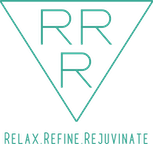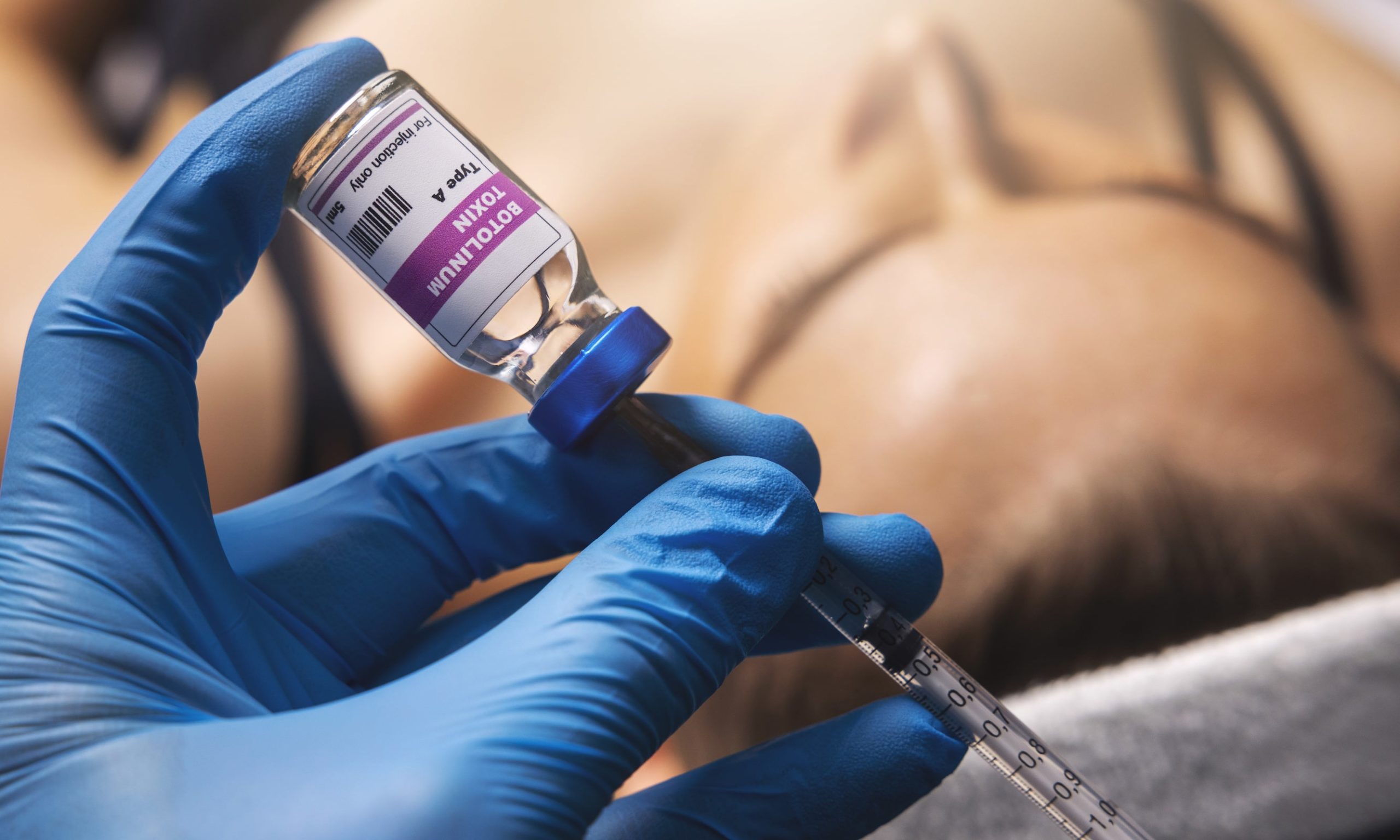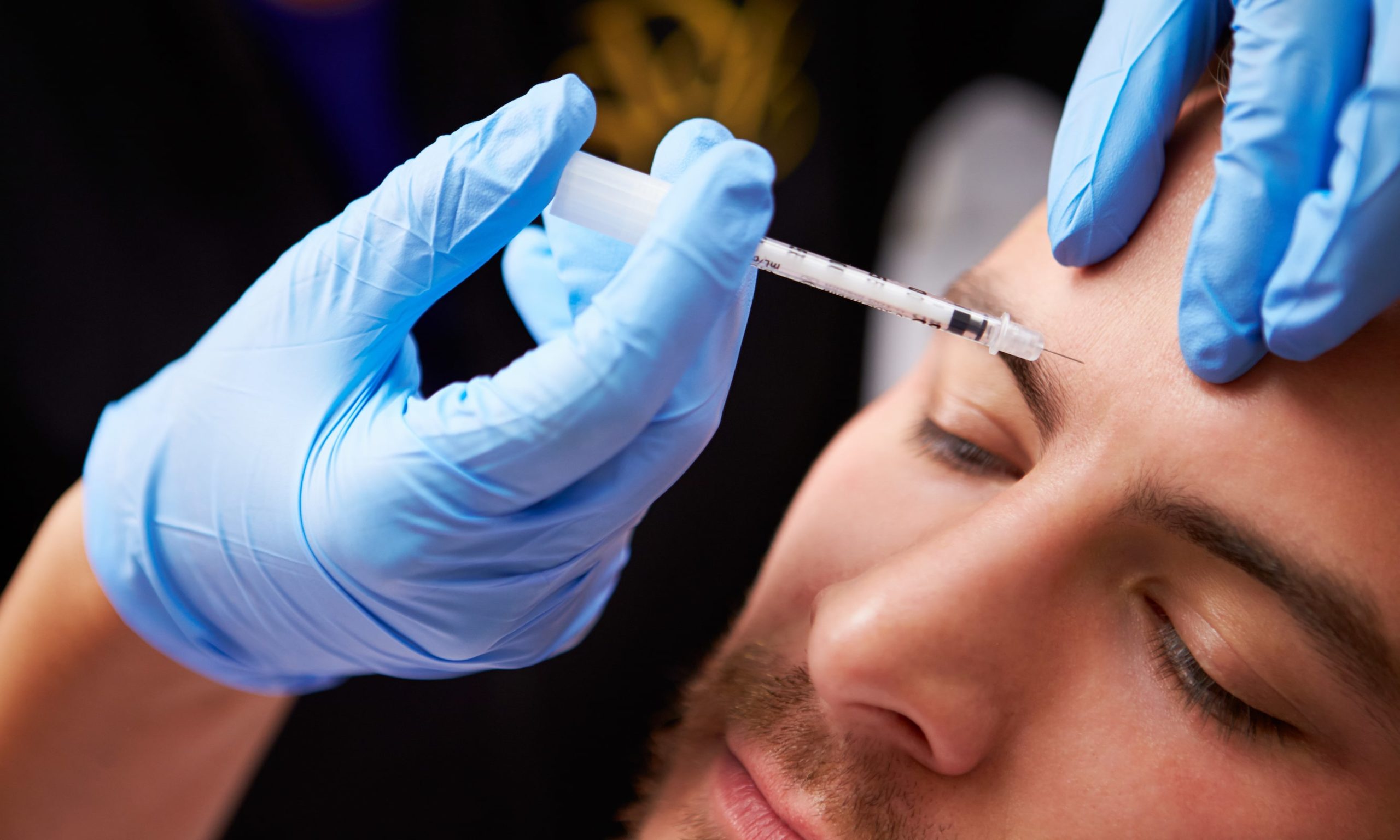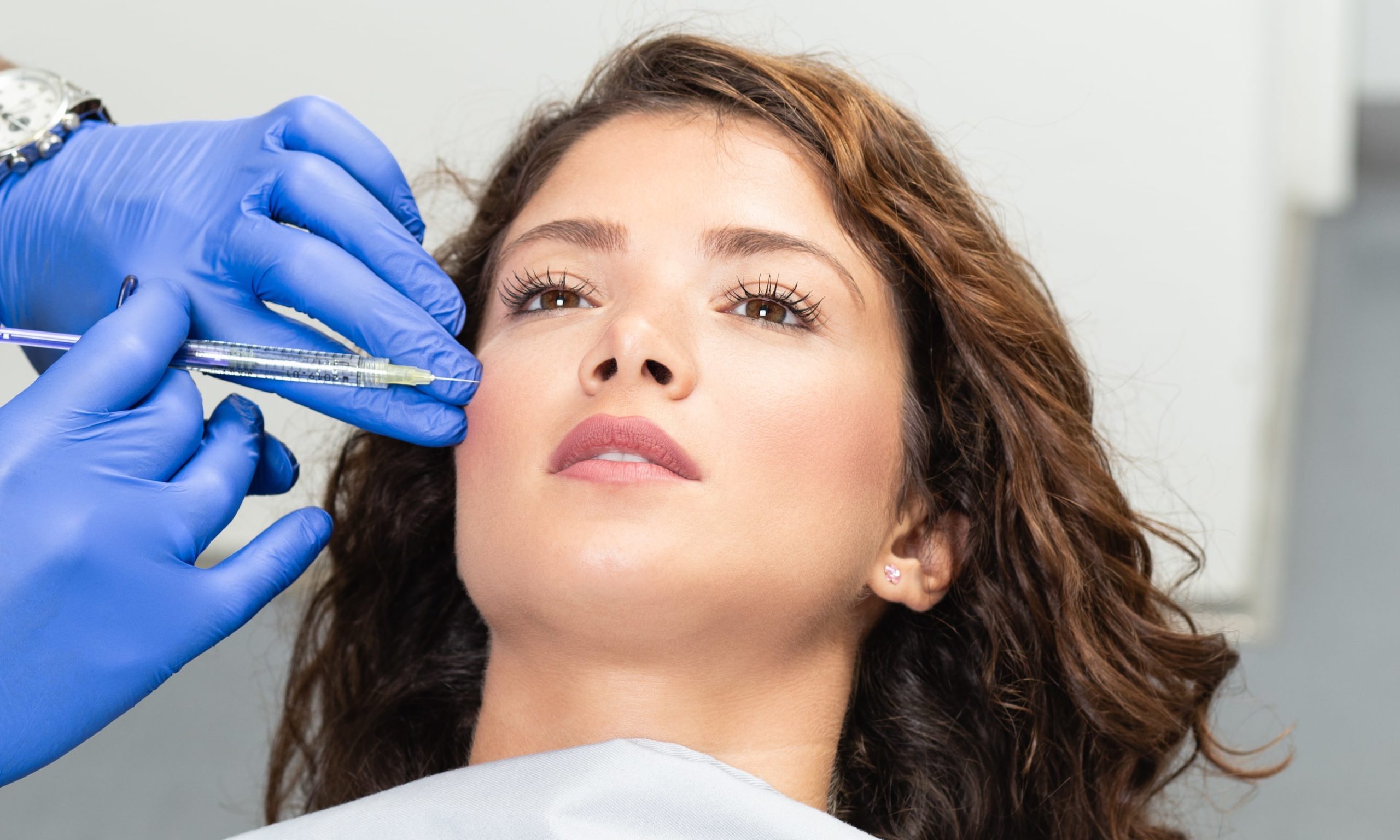Did you know that there are about 12 million cosmetic procedures performed in the US every year? Of these, one million involve the use of injectable dermal fillers. Restylane, in turn, is one of, if not the most popular type of dermal fillers.
One of the reasons Restylane is popular is because it’s the first of its kind to receive approval from the US FDA. It got its first approval from the Food and Drug Administration in 2003.
What is Restylane exactly, though, and what makes it special? How does it even work, and what areas of the face can it treat? What about its safety profile and effectiveness?
We’ll answer all those questions and more in this comprehensive guide, so please be sure to read on.
What Is Restylane?
Restylane is a dermal filler containing a polysaccharide called hyaluronic acid (HA). Polysaccharides, in turn, are types of sugars.
HA, also known as hyaluronan, is a clear, gooey substance that the body produces naturally. The skin, eyes, and connective tissues contain some of the largest amounts of HA in the body. One of the roles of this polysaccharide is to provide fullness and volume to the skin.
The HA in Restylane is a biotechnologically produced non-animal stabilized hyaluronic acid (NASHA). Its manufacturing takes place in a sterile laboratory environment. This helps ensure each vial of the dermal filler is free of contaminants.
Since it’s a kind of NASHA, it means that the HA in Restylane didn’t come from animal sources. This is one of the things that sets it apart from fillers that contain bovine collagen. Bovine collagens come from domestic cattle.
How Does Restylane Work?
Upon injecting Restylane, the clear gel integrates into the dermal tissue. From there, the HA-based dermal filler attracts and binds with water molecules. This then helps give the treated area more volume.
As a result, the treated sites become fuller, plumper, and look rejuvenated.
What Is Restylane Used For?
Restylane products can help correct moderate to severe facial skin folds and wrinkles. It can augment the cheeks, too, especially in patients with hollow-looking cheeks. Moreover, it can enhance the lips by making them fuller and giving them a more shapely appearance.
Smile Lines
Smile lines are vertical lines extending from the sides of the nose down to the sides of the mouth. Health experts refer to them as either nasolabial creases or nasolabial folds. Creases run between the cheek and the upper lip, while folds are the tissues hanging over creases.
Smile lines can form in young people, but they get deeper and more apparent due to age. That’s because as a person gets older, the face goes through natural volume loss. This is especially true for the skin’s collagen, which declines by about 1% with each passing year.
Some factors, such as weight gain and smoking, can also cause deeper smile lines. In addition, the loss of natural teeth can make facial creases and folds more obvious.
Fortunately, Restylane injections can help correct smile lines. Since their HA content mimics the HA the body makes, they restore lost volume in a natural-looking way. Moreover, these dermal fillers can define and sculpt facial features as needed.
Other medical spa services, such as Botox or Dysport, can also help treat smile lines.
Marionette Lines
Marionette lines, like nasolabial creases and folds, are wrinkles that form due to age. However, they differ from smile lines in that they develop between the mouth and the chin. Thus, they look like the lines splitting the jaws of marionette string puppets, hence the term.
Marionette lines tend to form in people in their 40s, but they can start as early as the 20s or 30s.
Don’t worry, though, as the FDA has approved Restylane for marionette lines. So, as long as you’re over the age of 21, you can get these dermal fillers for smile lines and marionette lines.
Down-Turned Corners of the Mouth
Over time, the oral commissures, or the corners of the mouth, can develop lines that droop. Once again, this usually occurs due to natural aging that causes volume loss. The toll of gravity then makes it even more apparent.
Unlike smile lines, though, these down-turned lines at the corners of the mouth can give you a sad or angry look. Thankfully, you don’t have to live with them, as Restylane can fix them up for you.
Aging Lips
In females, the upper lip reaches its maximum thickness by the age of 14. In males, this occurs by the time they hit the age of 16. By contrast, the lower lip becomes as thick as it could at 16 years old in both females and males.
After that, the upper and lower lips then begin to thin little by little.
Unfortunately, though, the lips are already thinner than the skin on the other parts of the body. As such, the lips’ delicate nature makes them even more prone to visible aging symptoms.
The great news is that Kysse, one of the available Restylane types, can help restore aging lips. The FDA approved this dermal filler for lip augmentation. The agency also approved it for upper perioral rhytids, which are wrinkles above the lips.
Tear Troughs
A tear trough is a visibly deep crease between the eye (specifically the lower eyelid) and the upper cheek. This placement gives it its appearance of being dark or shadowy. As a result, people who have tear troughs may look tired or older than they are.
The loss of volume in facial tissues is a common cause of tear troughs. However, there are also some cases wherein creases occur as an inherited trait. Either way, in both situations, the darkness under the eyes becomes more obvious with age.
If you have tear troughs, Restylane treatments can help minimize their appearance. The dermal fillers plump up the area between the eyelids and cheeks, making it look fuller. As a result, your eyes can look less tired, giving you a more youthful look.
Is Restylane Safe?
Yes, the fact that the FDA has approved Restylane indicates that it’s generally safe. This approval is a mark of its safety. After all, the agency won’t approve it if it’s harmful.
Now, note that before any product gets FDA approval, it must undergo studies first. The focus of the controlled tests should be on the product’s safety and efficacy. The results of the controlled clinical studies then get submitted to the FDA.
From there, the FDA reviews the data collected from the testing procedures. The agency then determines the integrity and the quality of the studies done. If it finds the information accurate, then that’s the only time it approves the product.
Restylane has gone through all those rigorous procedures. As such, you can rest assured that Restylane is safe, so long as given by a trained professional.
On that note, know that some side effects can still occur after Restylane treatment. The common ones include bruising, inflammation, itchiness, and redness in the treated area. In some cases, discomfort or pain may also occur.
How Long Does Swelling Last After Restylane Injections?
In many patients, the side effects of Restylane, including swelling, are only minor. How long they last depend on the treated site, though.
For example, most side effects often go away in less than a week for nasolabial treatments. However, for treated lips, the minor swelling may last for about two weeks.
How Long Does Restylane Last?
In many people, the effects of Restylane treatments are usually noticeable right away. That’s because their HA content smooths out the wrinkles upon administration. However, the full results are most evident within a week or two.
From there, how long they last depend on the treatment site and the type of Restylane used.
How Long Does Restylane Lyft Last in Cheeks?
Lyft is one of the Restylane products approved by the FDA for cheek augmentation. According to the manufacturer itself, it can last for 10 to 12 months if used for this purpose. On the other hand, Restylane can improve nasolabial folds for up to 18 months.
Please note that Restylane Lyft contains lidocaine. Lidocaine is an amino amide that works as a local anesthetic. Restylane Lyft contains 0.3% lidocaine, which helps reduce discomfort during procedures.
How Long Does Restylane Last in Lips?
One study looked at the longevity of dermal lip fillers, including Restylane. Two months after the treatment, 91% of patients had improvements in lip fullness. Six months after getting the injections, 74% maintained their increased lip volume.
To top it off, almost half of the participants still had improvements even after 12 months. These findings suggest that Restylane for lip enhancement can last for six to 12 months or even more.
How Long Does Restylane Last Under Eyes?
When used to treat tear troughs, Restylane may last from six to nine months, sometimes up to a year. One factor that affects its longevity is the speed at which the body metabolizes its HA content. So, the slower your body breaks it down, the longer it can last.
If you’d like to maintain Restylane’s effects under the eyes, you can get a touch-up treatment. Your dermal filler specialist will determine when the best time is for touch-ups.
How Much Is Restylane?
In 2020, the average cost of HA dermal fillers, including Restylane, was $684 per syringe. This means it’s more affordable than most other types of dermal fillers.
For instance, calcium hydroxyapatite fillers cost more than $700 per vial. Platelet-rich plasma (PRP) fillers, on the other hand, cost almost $1,000 per syringe.
So, if you need a dermal filler that works while still being cost-effective, Restylane may be a good choice.
Where Can You Get Restylane Treatments?
Please keep in mind that only qualified specialists can administer Restylane injections. You can’t simply purchase them online.
One of your options is to get them from a medical spa service provider. Medical spas (med spas) combine non-surgical aesthetic medical services and day spa services.
By choosing a med spa, you can get Restylane and other rejuvenating treatments on the same day.
Is There Any Preparation for Restylane Procedures?
Getting Restylane is an outpatient procedure, which means you can get it in just one visit. There’s minimal downtime involved, as most of the fillers’ side effects are minor. However, you may have to stop taking the following about two weeks before your treatment day:
- Aspirin
- Ibuprofen
- Other nonsteroidal anti-inflammatory medication (NSAIDs)
- St. John’s wort
- Vitamin E supplements in high doses
The main reason to stop the use of those substances is that they all have blood-thinning effects. As such, using them prior to Restylane treatment may raise your risks of bruising or bleeding.
What About After Care?
You can use cold compresses to ease the swelling that may occur after your treatment. Please be sure to avoid exposure to extreme cold or heat, too. Lastly, talk to your Restylane provider about follow-up check-ups and appointments.
Who Aren’t Good Candidates of Restylane Treatments?
The FDA hasn’t approved Restylane products for people under 22 years old.
In addition, there are no studies yet on their effects on pregnant or breastfeeding women. As such, specialists don’t recommend their use in these individuals.
People who have bleeding disorders may not be good candidates, either.
Individuals with allergies to lidocaine should not get Restylane that contains the anesthetic. The good news is that not all of its dermal fillers contain lidocaine. To be on the safe side, though, please let your Restylane specialist know if you have such a condition.
Enjoy Restylane Treatments in a Serene Medical Spa Environment
We hope this guide answered all your questions, including what is Restylane, what is it for, and how does it work? Now, you know that it’s a product line of safe, FDA-approved hyaluronic acid dermal fillers. You’ve also learned that many studies prove that it’s safe, effective, and can last for many months.
So, if you’d like to minimize the signs of aging facial skin, Restylane is one of your choices.
If you’re in Naples or Southwest Florida, our team of Restylane specialists at RRR Med Spa can help. Please feel free to schedule your appointment online or call us at (239) 351-7796.




